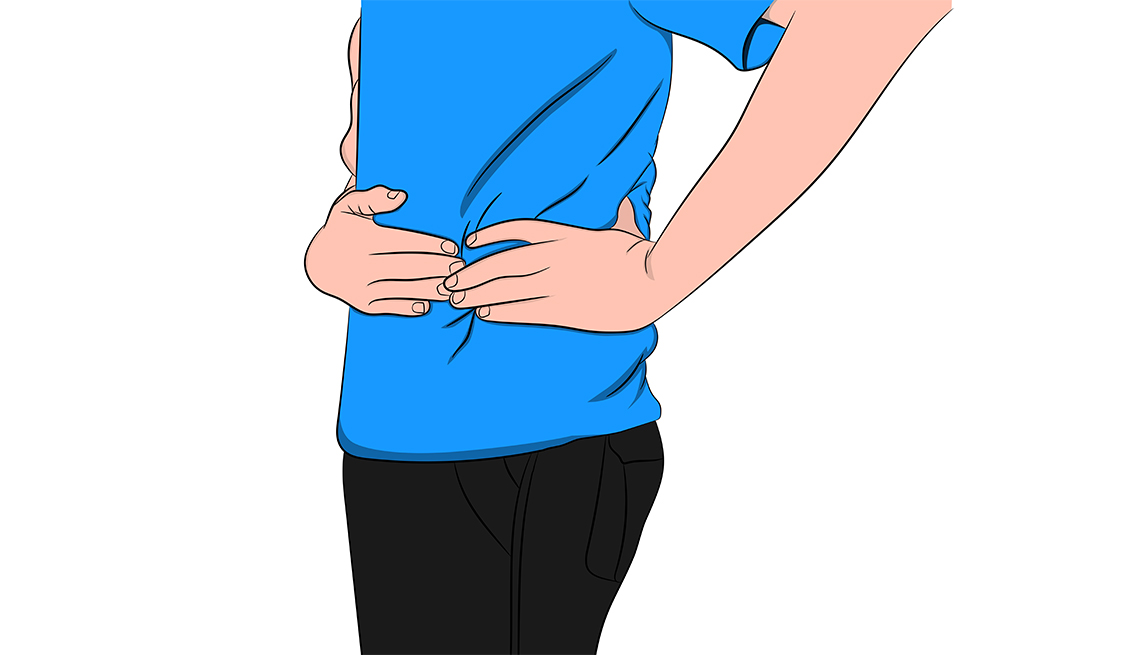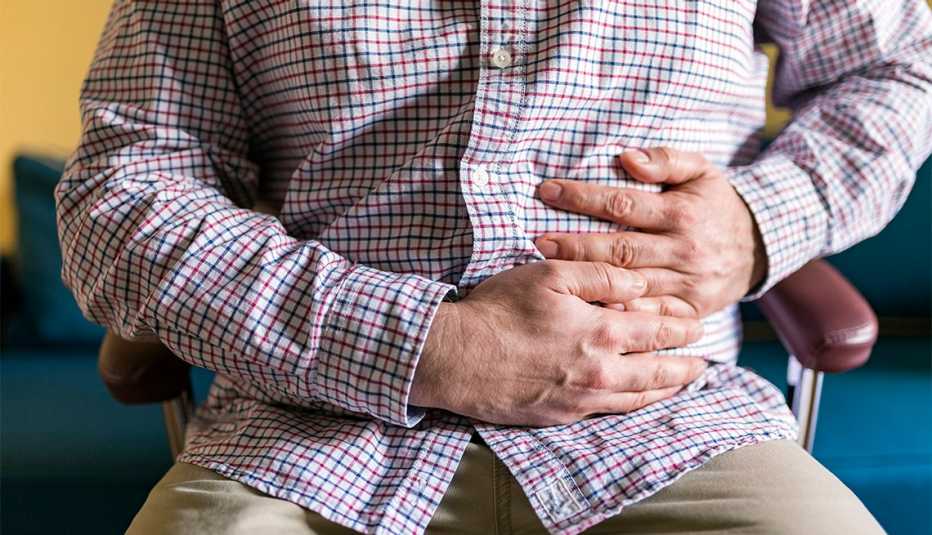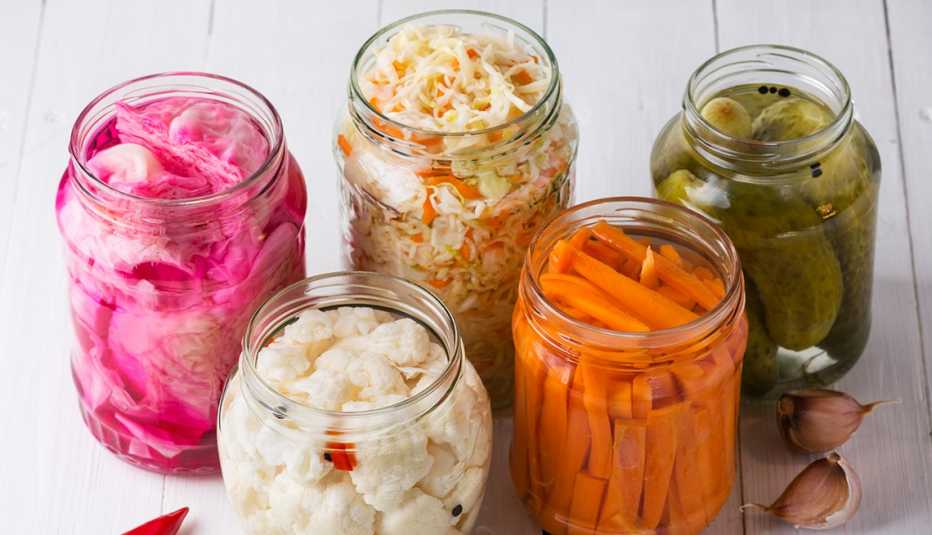AARP Hearing Center
As we age, most of us notice changes such as graying hair and wrinkling skin. But there’s another common, usually harmless change many people never notice: the development of pouches inside the colon.
These pouches, which can turn the smooth inner colon lining into something resembling Swiss cheese, are called diverticula. The condition — which may have multiple causes, including low-fiber diets — is called diverticulosis. And in the United States, more than 30 percent of people in their 50s and more than 70 percent of people older than 80 have it, according to the National Institute of Diabetes and Digestive and Kidney Diseases.
Some people find out they have diverticulosis when they have a routine colonoscopy to screen for cancer. But an unlucky few find out when one day, seemingly out of the blue, they have the unpleasant and painful symptoms of diverticulitis — an inflammation or infection of the pouches.
An attack of diverticulitis is usually “a pretty intense event,” says Lisa Strate, M.D., a professor of medicine at the University of Washington and a gastroenterologist at Harborview Medical Center in Seattle. Fortunately, she says, fewer than 5 percent of people with diverticulosis ever experience diverticulitis. And most people who get sick never have a second attack.
People with diverticulitis also are less likely these days than in the past to be hospitalized or prescribed antibiotics, says Neil Stollman, M.D., a gastroenterologist at Alta Bates Summit Medical Center in Oakland, California, and an associate clinical professor of medicine at the University of California San Francisco. Many people may be surprised to learn that after they recover from the initial attack, they don’t need to limit their diets in ways once thought necessary, he says.
But if you develop symptoms that could be diverticulitis, your immediate concern won’t be what you can eat for the rest of your life; it will be getting relief. These telltale symptoms should send you to your primary care provider or an emergency room for help.
- Pain in your abdomen, usually, but not always, on the left lower side. The pain develops there because that’s the area of the colon most likely to develop pouches, at least among people in the U.S., Strate says. Right-sided diverticulitis is more common in Asia.
- Development of the pain over a day or two. While people who have other conditions, including irritable bowel syndrome, can have gut discomfort on and off for years, diverticulitis pain develops more suddenly, Stollman says.
- A feeling that the pain is worse than usual gassiness or bloating. As the pain escalates, it gets pretty severe, “to the point where people are doubled over,” Stollman says. The affected part of your lower belly also may hurt when you press on it or if you are jarred, for example, during a bumpy car ride, Strate says.
- Additional symptoms that can include fatigue, nausea, a low-grade fever, and diarrhea or constipation. Vomiting, which is usually a sign of trouble higher in your digestive tract, is less likely, according to Strate and Stollman.







































































